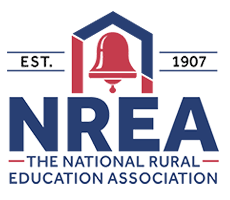Abstract
Teacher shortages in rural areas has become a public crisis. This shortage of key personnel requires stakeholders (higher education, state departments, local school districts) to examine factors that help teacher education students choose to apply to rural settings. The current study examines new teacher candidates’ background, preparation for teaching, and perceptions of protective factors on their decisions to work in rural areas. Data from teacher education students in their residencies from 14 institutions were analyzed. Results suggest that student background, including race, level of education, parent education, and high school location are important. White students, those pursuing undergraduate degrees, those from rural high schools, and students who feel more confident in teaching 21st-century critical thinking skills (e.g., using a variety of perspectives, engaging in self-assessment, teaching critical thinking) are also more likely to consider teaching in rural areas. Results are discussed as they relate to recruitment in rural areas.
Creative Commons License

This work is licensed under a Creative Commons Attribution 4.0 International License.
Recommended Citation
Oyen, K.,
&
Schweinle, A.
(2021).
Addressing Teacher Shortages in Rural America: What Factors Help New Teachers Apply to Teach in Rural Settings?.
The Rural Educator, 41(3), 12-25.
https://doi.org/10.35608/ruraled.v41i3.923



